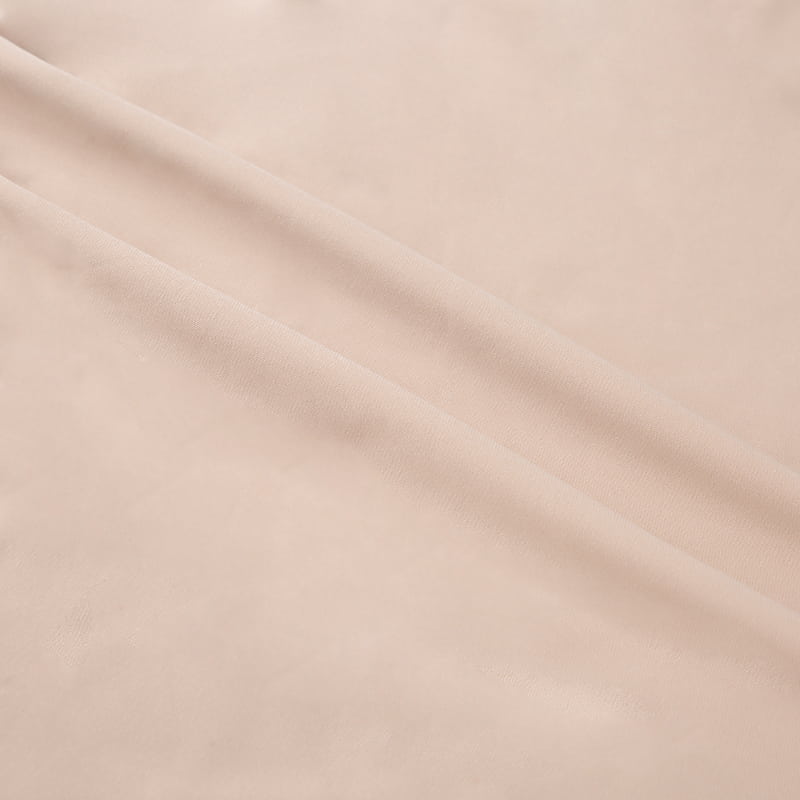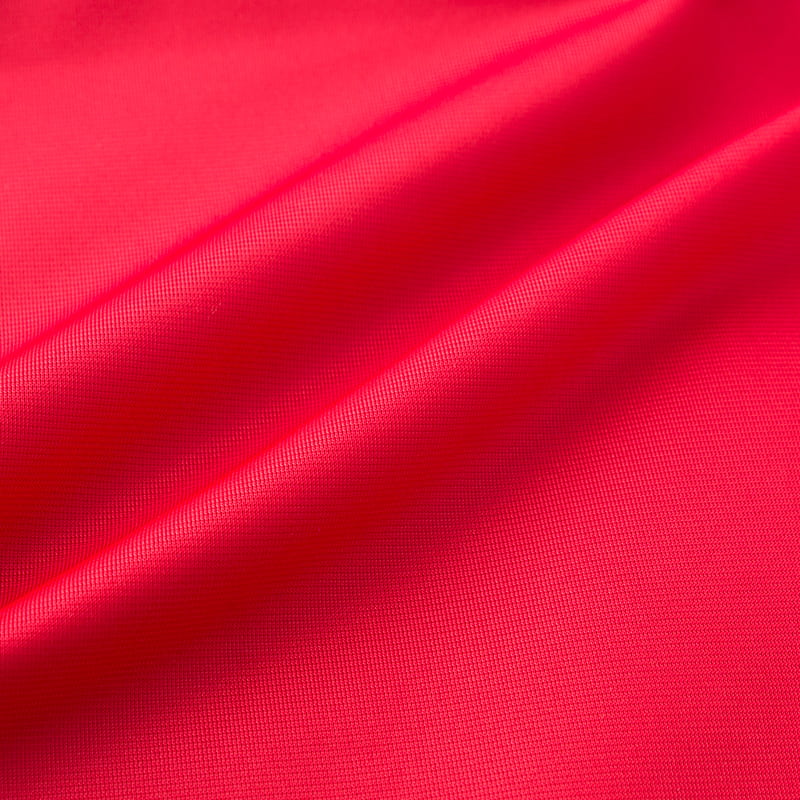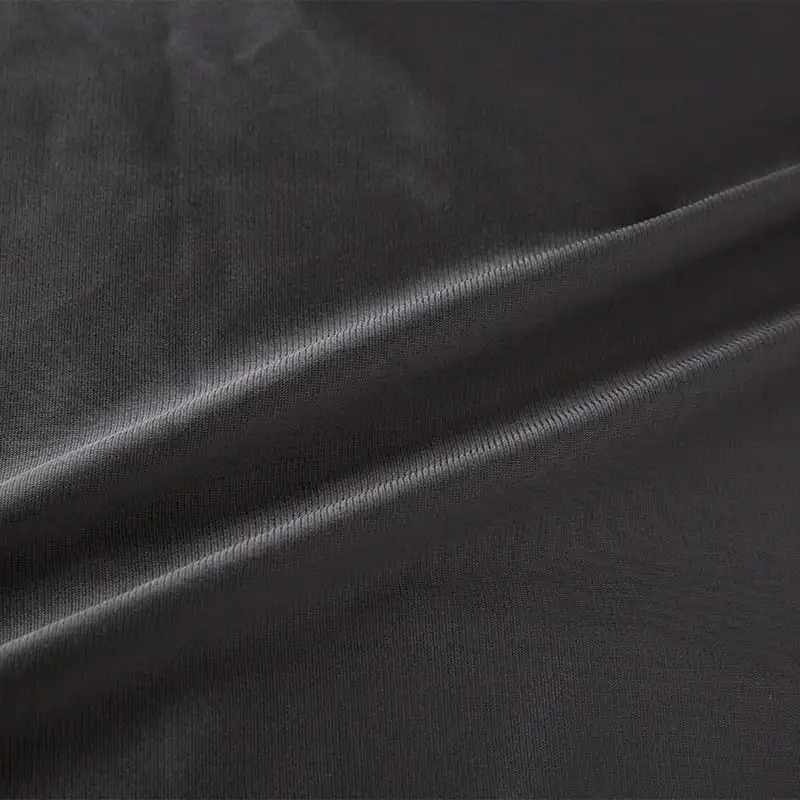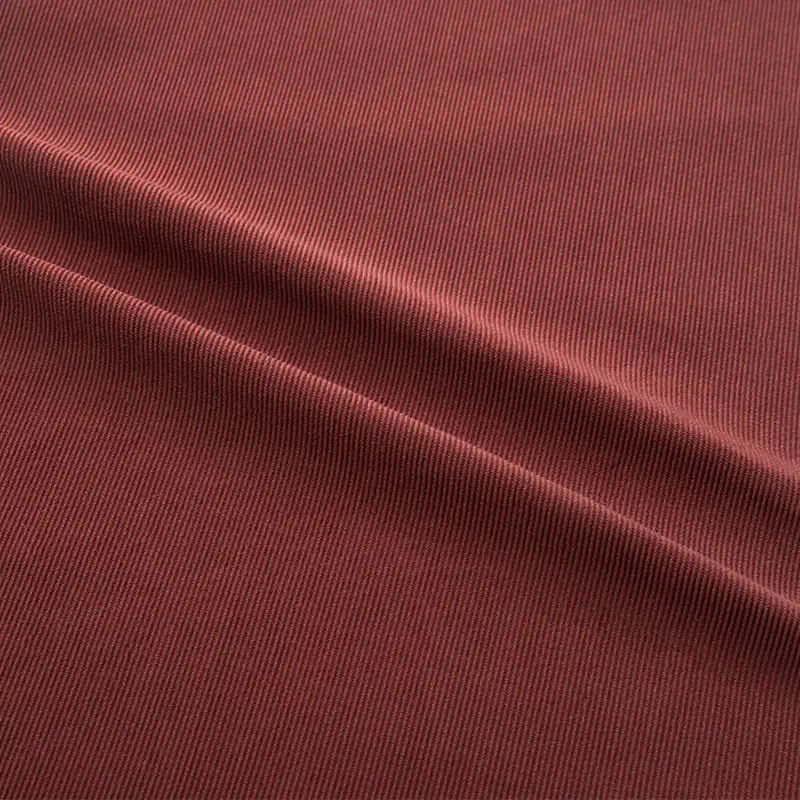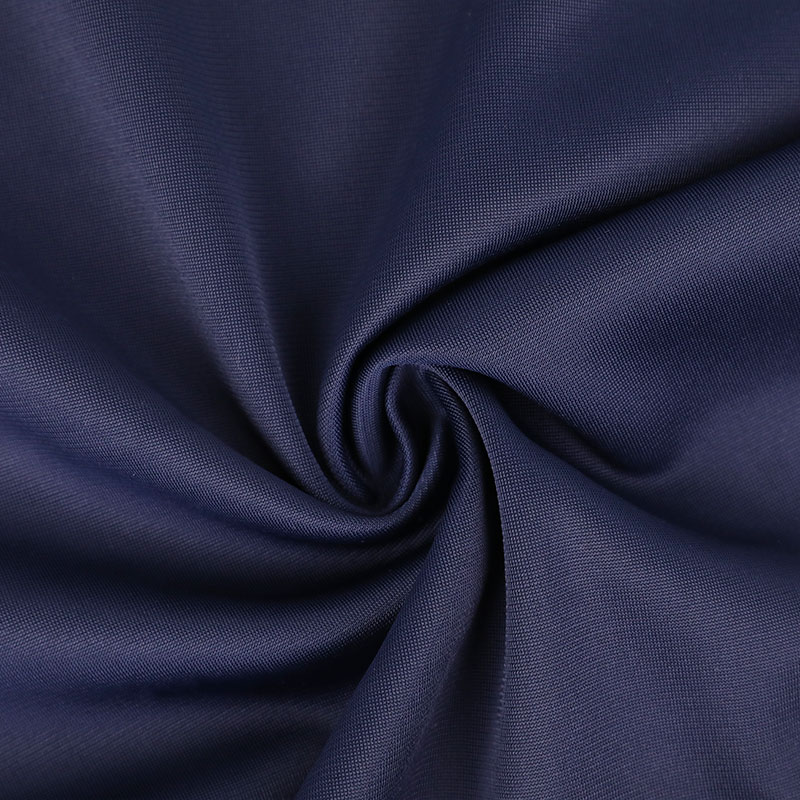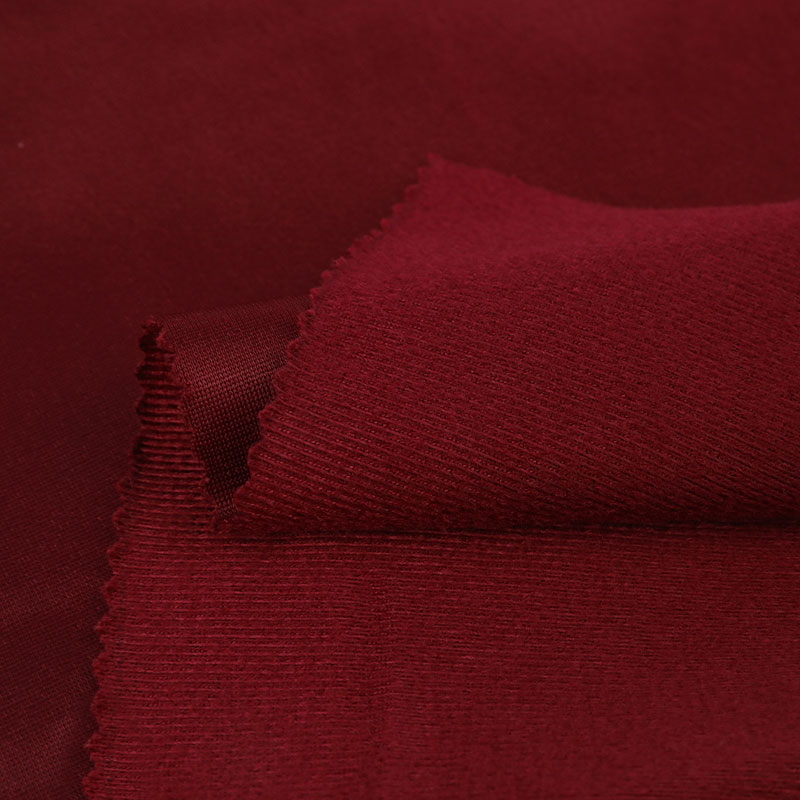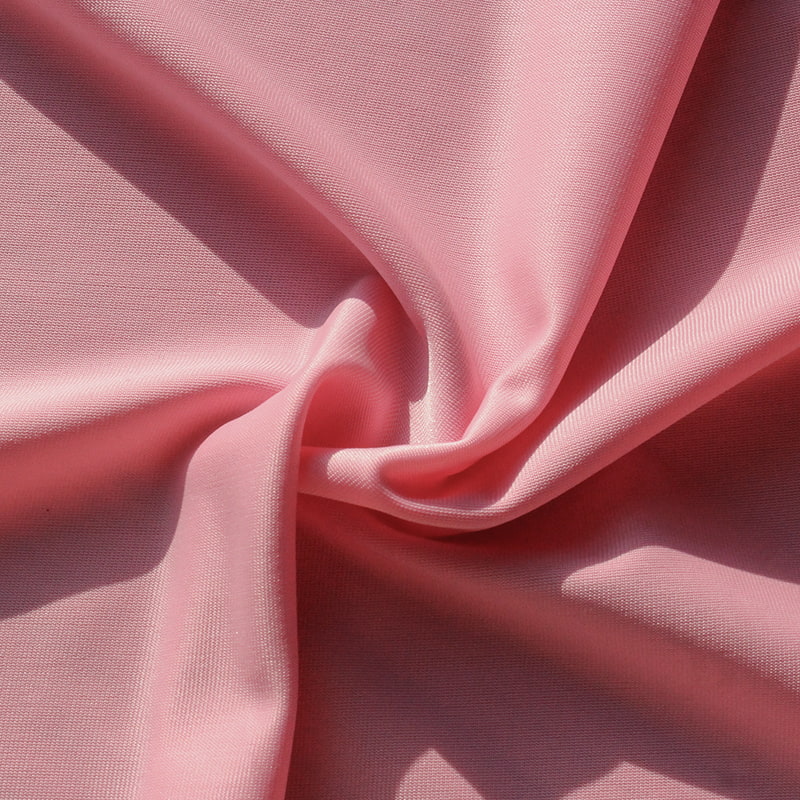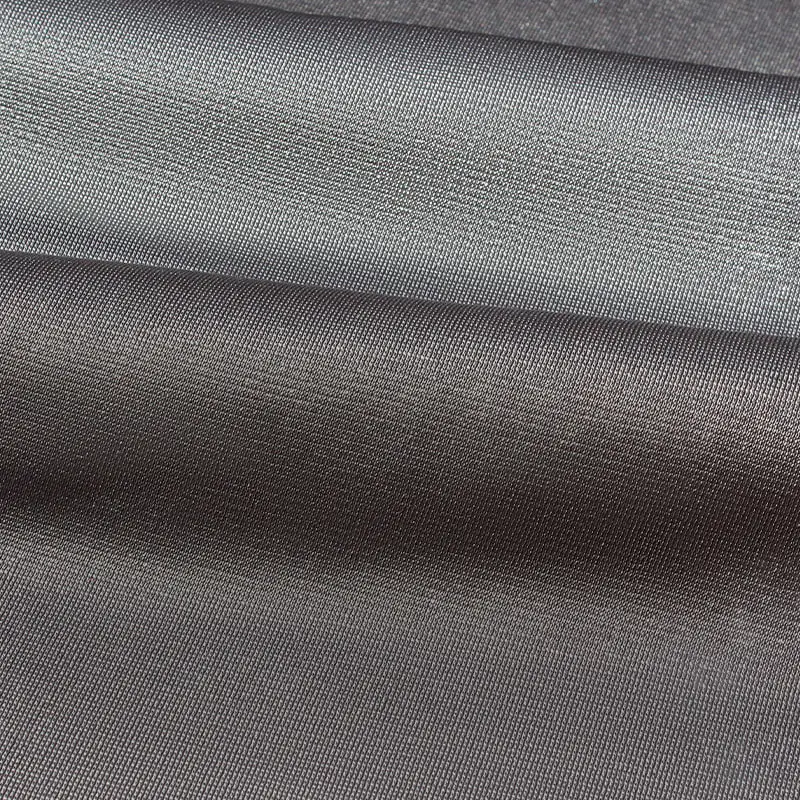Fabric is the material used to make clothing. As one of the three elements of clothing, fabrics can not only interpret the style and characteristics of clothing, but also directly affect the color and shape of clothing.
The difference between knitted fabrics and woven fabrics Because knitted fabrics and woven fabrics are different in weaving methods, they have their own unique characteristics in terms of processing technology, cloth surface structure, fabric characteristics, and finished product uses. Here are some comparisons.
(1) Composition of fabric structure: (1) Knitted fabric: the yarn is sequentially bent into coils, and the coils are intertwined to form a fabric, and the process of yarn forming coils can be carried out horizontally or vertically, and horizontal knitting is called It is a weft-knitted fabric, while a longitudinal weave is called a warp-knitted fabric. (2) Woven fabric: It is made of two or more than two groups of mutually perpendicular yarns interwoven at a 90-degree angle as warp and weft. The longitudinal yarns are called warp yarns, and the horizontal yarns are called weft yarns.
(2) The basic unit of fabric organization: (1) Knitted fabric: The loop is the smallest basic unit of knitted fabric, and the loop is composed of the loop stem and the extension line in a space curve. (2) Woven fabric: Each intersection point between warp and weft is called a weave point, which is the smallest basic unit of woven fabric.
(3) Fabric structure characteristics: (1) Knitted fabric: Because the loop is formed by bending the yarn in space, and each loop is composed of one yarn, when the knitted fabric is subjected to external tension, such as longitudinal stretching, the loop The bending changes, and the height of the coil increases, while the width of the coil decreases. If the tension is transverse stretching, the situation is reversed. The height and width of the coil are obviously interchangeable under different tension conditions. Therefore, knitting The extensibility of the object is large. (2) Woven fabric: Because the place where the warp and weft yarns interweave is somewhat curved, and the weft bends in the direction perpendicular to the plane of the fabric, the degree of curvature is related to the mutual tension between the warp and weft yarns and the stiffness of the yarns. When the woven fabric is subjected to External tension, such as stretching in the longitudinal direction, increases the tension of the warp yarn and reduces the bending, while the bending of the weft yarn increases, such as longitudinal stretching, until the warp yarn is completely straightened, and the fabric shrinks horizontally. When the woven fabric is stretched horizontally by external tension, the tension of the weft increases, the bending decreases, and the bending of the warp increases. If the horizontal stretching continues, until the weft is completely straightened, the fabric shrinks longitudinally. The warp and weft yarns will not be converted, unlike knitted fabrics.
(4) The characteristics of the fabric structure: (1) Knitted fabric: it can extend in all directions and has good elasticity. Because the knitted fabric is formed by hole-shaped coils, it has great air permeability and soft hand feeling. (2) Woven fabrics: Because the warp and weft yarns of woven fabrics have little relationship with extension and shrinkage, and there is no conversion, the fabrics are generally tight and stiff.
(5) The physical and mechanical properties of the fabric structure: (1) Knitted fabrics: the physical and mechanical properties of the fabric, including longitudinal density, transverse density, square meter weight, elongation, elasticity, breaking strength, abrasion resistance, curling, Thickness, release, shrinkage, coverage, bulk density. (2) Woven fabric: The physical and mechanical properties of woven fabrics, including the yarn density of warp and weft yarns, selvage, front and back, forward and reverse wool direction, and fabric coverage.
Changxing Hongjian Textile Co., Ltd. is a professional Tricot Fabric Manufacturers. If you need it, you can click the official website to contact us. We are willing to answer more information for you.

 English
English Español
Español